
Hello all,
I have done several articles about Boiko Costume piecemeal, and today I would like to pull them all together in one article, to give an overview. The images above are of Boiko costumes which are from various different regions.
Who are the Boikos? If you ask most Ukrainians, they will tell you that the Boiki live in the Carpathian mountains, east of the Lemki and west of the Hutsuls.This is true, as far as it goes. Boiko is a term which was originally applied to them by others, they tended to call themselves Rusyny, or Verkhovyntsi, [Highlanders]. Neither term is distinctive to Boikos. Today they have generally accepted the term for themselves, at least when talking to non-Boikos. In the past, many people when writing extended the term to the Carpathian Foothills, including regions like Drohobych, Stryj and Zhydachiw. To settle this issue, The International Boiko Federation published an official map of Boikoland, or Boikivshchyna.
This map can be expanded, to some extent. You can see that it shows the current borders of the area, showing what is now southeast Poland, northeast Slovakia, northern Transcarpathian Oblast, southern L'viw Oblast, and western Ivano-Frankiwsk Oblast. You can see a second line to the right, showing the lowland areas which were sometimes called Boiko in the past, I will be using this map to show the approximate extent of the various costume regions.
The basic Boiko costume consists of a chemise with embroidery on the shoulder insets, cuffs, and collar. Sometimes there is embroider on the front opening. Often there is smocking on the upper sleeve, lower sleeve just above the cuff, and around the collar. In some regions this is more extensive than others. The formal skirt is usually of linen, embroidered around the hem and smocked into the waistband. This may be replaced with a skirt of home printed linen or storebought cloth. The apron was originally of two loom widths of linen, embroidered near the hem and along the middle seam. This was often replaced by an apron of bought cloth. Men wore simple linen or wool pants, and a shirt which featured embroidery when intended for festive wear. Like other Ukrainian costumes, it had embroidery on the collar, cuffs, and front opening. Somewhat unusually, it also often featured embroidery on the shoulders. Vests and overcoats were made of heavy wool or sheepskin, and varied by region.
Later on, Boiko costumes were heavily influenced by the Halychyna City Costume.
I will be presenting the various regions in a counter-clockwise manner. There are some regions for which I have little to no information, and would welcome any input. Note that I will not cover any costumes outside of these borders.
Here is my map of the Boiko costume regions. These are very approximate, and I am certain that I am lacking information.
1 Turka Region.
This is what is often presented as the normative or typical Boiko costume. It was worn in southeastern L'viw oblast, and also across the Polish border to a certain extent.
The most distinctive part of this costume are the vests, which are made of dark wool, naturally colored, with white and red cord trim. The man's being shorter. White linen skirt and apron, embroidered near the hem and seam, and smocked at the waistband.
Womens' shirts are embroidered on the upper sleeve, shoulder inset, cuffs, collar, and have varying amounts of smocking. The front opening is mostly in the middle. Embroidery used includes cross stitch and nyzynka.
Men's shirts usually have more restrained embroidery.
2 Western Boiko
This costume was found further west in what is now Poland. Whether it also extended into Slovakia I have no data.. It was not found within the current borders of Ukraine.

This is a less affluent area. The costume is distinguished by less embroidery and very little smocking. The women wear short waist length vests, either worn closed with lappets or worn open without. The men also wear very simple clothing. They sometimes have embroidery on the shoulders. The men also wear chuhas in some villages, which is more typical of Lemko costume which is found further west. Embroidery seems to be mostly red and blue.
3 Velykyi Bereznyi Великий Березний Region
This costume was found in far northwest Zakarpattia Oblast. It extended slightly over the current Polish border to include the village of Volosate and surrounding area. Krovets has a costume in its collection which fits this region from the village of Bitlia, which is just over the border in L'viw oblast, so at least a handful of those villages were also part of this region. The line on this map may not be completely accurate.
In this region, the front opening of the womens' shirts is on the side, and the entire front of the shirt is smocked. The embroidery has shifted to floral motifs. These are found on the upper sleeve, the front of the shirt, as well as the linen skirt. The apron is usually of bought cloth. The chepets is a simple ring ornamented with Czech ribbon. Simple gray wool vests are worn. The men wear wool jackets somewhat imitating city jackets.
These 3 photos are from the village of Uzhok, showing an older form of the costume, closer to that still worn in Volovets'.
4 Volovets' Воловець Region
This region is found in north central Zakarpattia. A closely related costume is found just over the border in southern Skole region of L'viw Oblast, centered around the village of Volosianka.
In this region, the opening of the womens' chemise is also on the side, and the front of the shirt is smocked all the way across. The smocking tubes, however do not extend down the entire front of the shirt. The embroidery has mostly remained geometric. There is no shoulder inset, and the sleeves, as in the last region are cut in one piece. The aprons, and even the skirts are often made from bought cloth. The chepets is based on a wooden ring, with sprang worked into a tube which is then folded down towards the back.
Some of the villages in the northwest wear an intermediate costume. This includes floral embroidery on the chemise, and at times a linen vest, also with floral embroidery.
Across the border, in L'viw Oblast, southern Skole district, the costume is somewhat different, especially the vest used. This includes the villages of Volosianka and Tukhol'ka. The vest seems to be made of woven wool, and is embroidered in the floral style of the northeastern Boikos
The men in this region used to wear a shirt which was smocked front and back, and had embroidery on the collar, cuffs, and epaulets.
Kul'chytska's drawing above shows the opening in front. This photo from the village of Lavochne shows men wearing this shirt with the opening in back.
5 Mizh-hiria Міжгір'я Region
This region is found in the southeast corner of Boiko Land, in the upper reaches of the Rika and Tereblia river valleys. It is centered on the town of Mizhhiria, previously called Volove. I have drawn it extending slightly into Ivano-Frankiwsk Oblast, but I have no direct confirmation of that.
The costume in this region uses the embroidered white Boiko skirt, especially in the upper parts, and the embroidered chemise style of lowland Transcarpathia, resembling those of Khust and Tereblia regions. Thus the embroidery often forms a vertical rectangle or rhombus on the sleeves, which are cut in one piece to the collar. The opening tends to be in the rear.
To the northeast of this region, in southwestern Ivano-Frankiwsk Oblast is a broad strip of territory with very few villages, about which I have no information.
6 Yasen' Ясень Region
This is a relatively small costume region, centered around the village of Yasen' and its surroundings.
The distinctive feature of this region is the long sheepskin vests with wide collars that are made of striped black and white sheepskin. There are ornamental teeth along the front opening. The shirt opening is in the front.
7 Perehins'ke Перегінське Region
This represents the northeast corner of Boiko Land, around the town of Perehins'ke, as far west as the village of Lolyn.
In the town of Perehins'ke itself, the front of the woman's shirt was often finely pleated. This is an influence from Pokuttia, as this is often done in the area around Nadvirna. There was a fashion of making hoof-shaped cuffs that were turned back and embroidered on the reverse. This is somewhat reminiscent of Mongol style. This was only prevalent in some villages, seemingly the ones further south. An ornament made of ribbons often covered the front opening. The sheepskin vests and coats were embroidered in free form floral motifs.
8 Bolekhiv Болехів Region
There is an old costume that has been partially preserved in the upper reaches of the Svichka river and neighboring areas.
The distinctive feature of this region is the retention of costume embroidery in chain stitch forming spirals, zigzags and tree motifs. Often this is combined with newer embroidery designs of cross stitch in primary colors plus green. The vests are often light colored wool, again with free form floral embroidery.
9 Skole Сколе Region
This includes the northern and central parts of Skole county.
I have little information on this area. I believe that it went to Town Costume rather early. The opening of the womens' shirt is in front. Ribbon ornament may be worn over the shirt fronts. Vests are dark wool or other material with little ornamention. Sheepskin coats may be embroidered in free form floral designs.
Kal'ne
Rozhanka
10 Town Costume influence
The Halychyna Town costume had an influence in Boikiwshchyna, especially in the more northern parts. This influx had two forms. In the first, lesser, instance, we see images, especially newer ones, of the typical Boiko outfit, but the vest replaced either by the gorset or the Town kersetka, often called horset. The gorset is the Polish or Lemko style vest which reaches the waist, and generally has lappets. The town kersetka was loosely based on the central Ukrainian outfit, but did not overlap, and was hooked shut in front, but still displayed the front opening of the shirt. Often this was made of velvet, covered with floral satin stitch embroidery, and had rounded front corners. These rounded corners are common in stage costume, but nonexistent in true folk costumes. Here are some examples of each.
The second variant is where the Boiko costume was replaced wholesale by the Halychyna Town Costume. At this point I hesitate to call this a Boiko costume.
Thank you for reading. I hope that you have found this to be interesting and informative.
I hope that this will help any Ukrainian groups who wish to use Boiko Costumes. Many of these regions I have already written articles on. You can use the search option in my blog. Feel free to write me with specific questions as well.
Roman K
email: rkozakand@aol.com



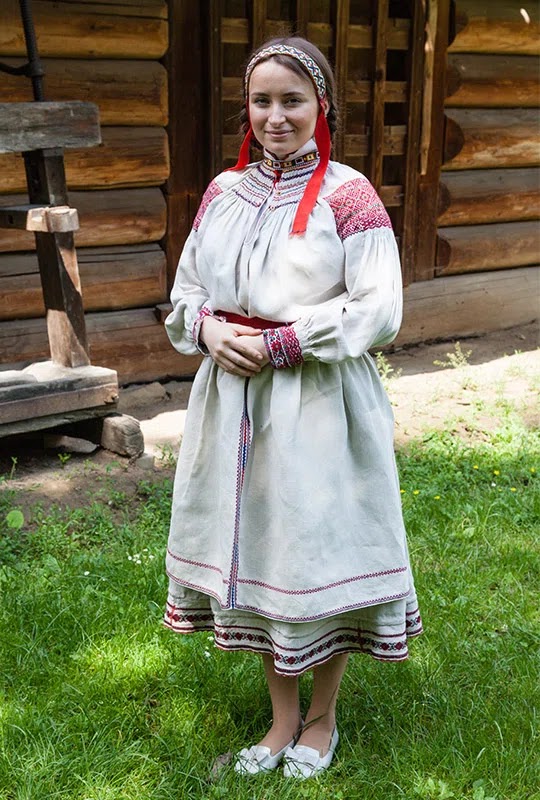










.jpg)


















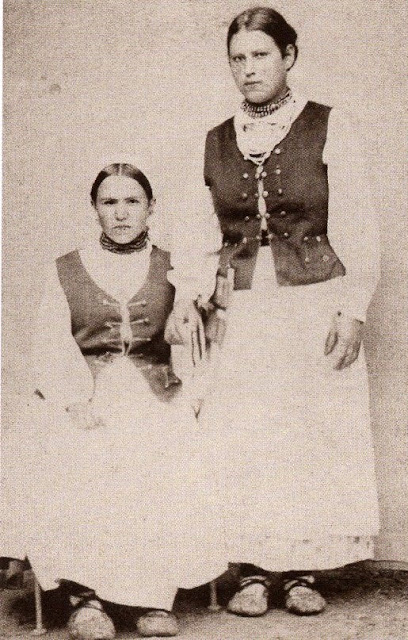
.jpg)



.jpg)





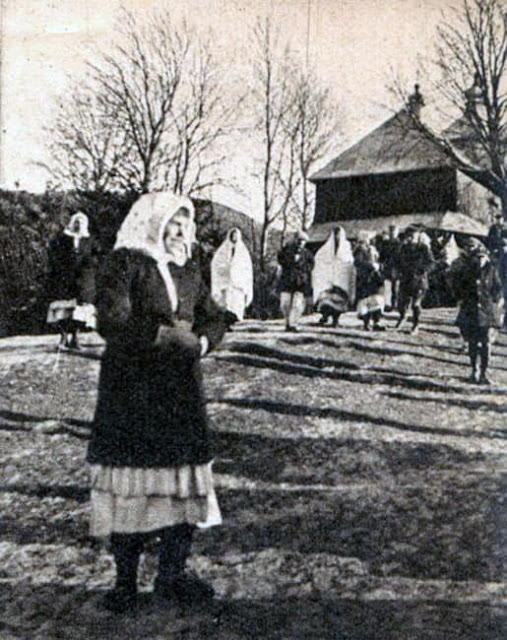
%20%D0%B2%20%D0%BF%D0%B0%D1%81%D0%BC%D1%96%20%D0%B3%D1%96%D1%80%20%D0%97%D0%B0%D1%85%D1%96%D0%B4%D0%BD%D0%B8%D1%85%20%D0%91%D0%B5%D1%81%D0%BA%D0%B8%D0%B4%D1%96%D0%B2%20(1936%20%D1%80..jpg)






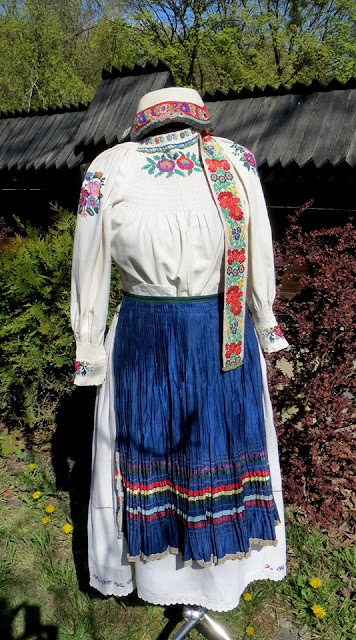
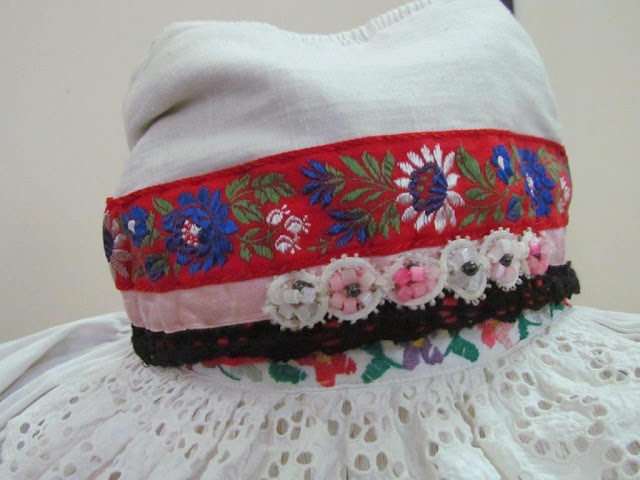





























.jpg)















.jpg)






.jpg)



















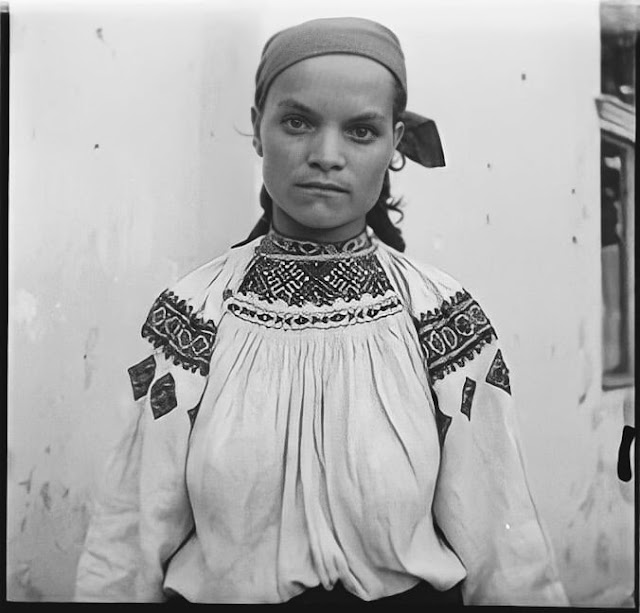



.jpg)

.jpg)
.jpg)















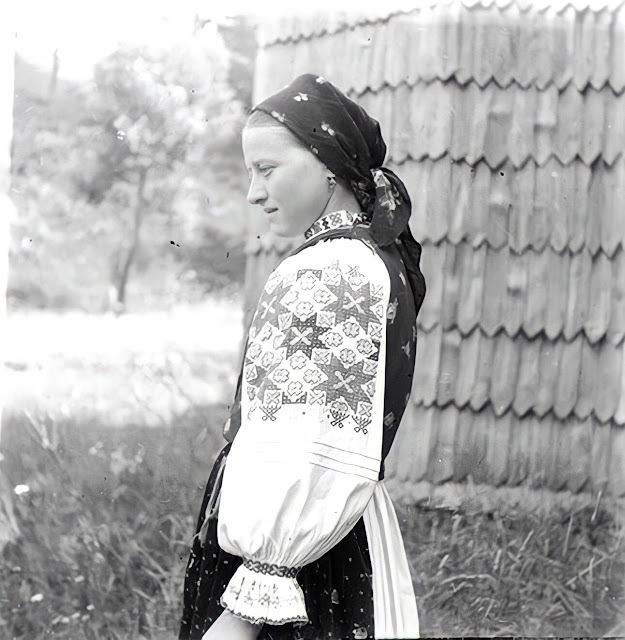











.jpg)
%20%D0%BD%D0%B0%20%D0%BF%D0%BE%D1%87%D0%B0%D1%82%D0%BA%D1%83%201940-%D0%B2%D0%B8%D1%85..jpg)
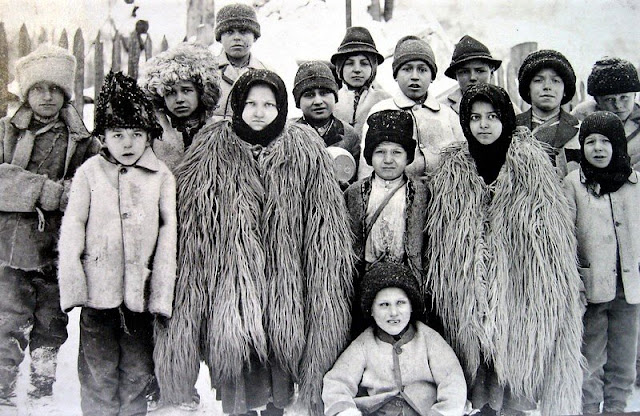

%20%D1%83%20%D0%BA%D1%96%D0%BD%D1%86%D1%96%2030-%D1%85%20%D1%80%D0%BE%D0%BA%D1%96%D0%B2.jpg)



%20%D0%BD%D0%B0%20%D0%9C%D1%96%D0%B6%D0%B3%D1%96%D1%80%D1%89%D0%B8%D0%BD%D1%96.jpg)
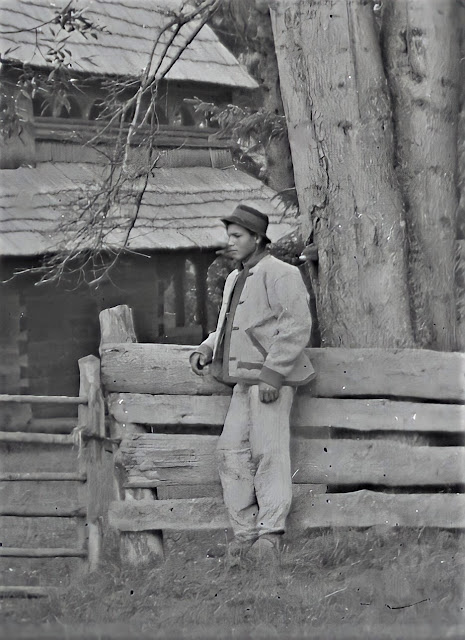








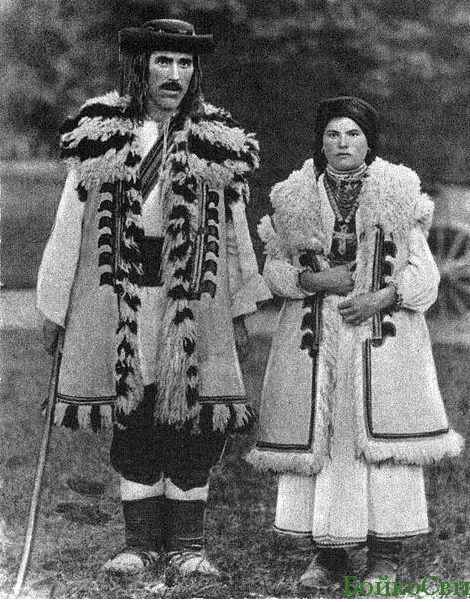
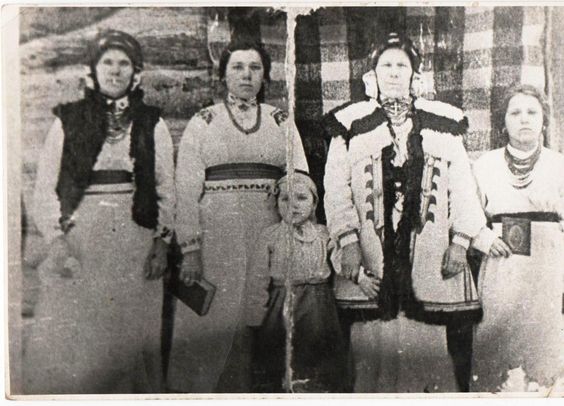











































.jpg)

2.jpg)
.jpg)
.jpg)





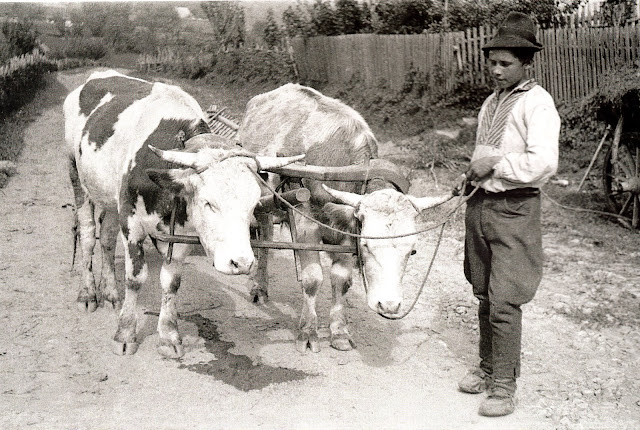


















%20.%20%D0%A1%D0%B2%D1%96%D1%82%D0%BB%D0%B8%D0%BD%D0%B0%201867%20%D1%80.%20%D0%B7.jpg)





















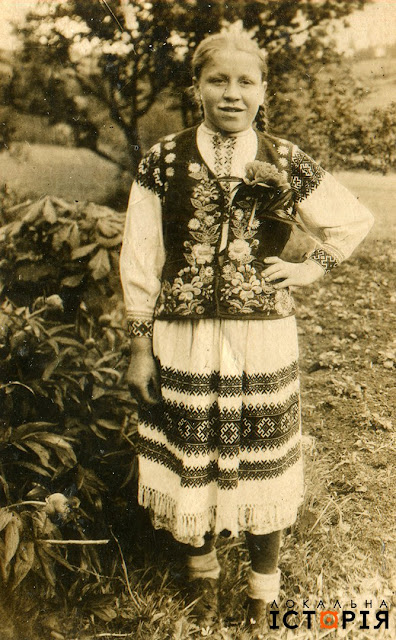





Wealth of the Indies! A very rich and rewarding post - many thanks. I was particularly taken with the Bolekhiv area. The graphic quality of the simple embroidery is outstanding. And it was wonderful that you found so many pictures of everyday clothing - not, I'm sure, easy to do - which gives a nice basis for the more elaborate Sunday and festive garments. I have a much better grasp of the area and the people. Charlotte in California
ReplyDeleteI am glad that you appreciate it. I collect photos whenever I come across them, and publish an article when I realize that I have sufficient. Also one photo informs another.
Deletenice to meet you. I am studying fashion handicrafts in Japan. I'm currently studying smocking, and while researching the types of smocking in English and Italian smocking, I came across Italian Sardinia embroidery and Boiko embroidery, which embroiders the folds. There are many photos that are hard to get in Japan, and I learned a lot. thank you very much.
ReplyDeleteBoiko embroidery is beautiful.
very pretty work
ReplyDelete